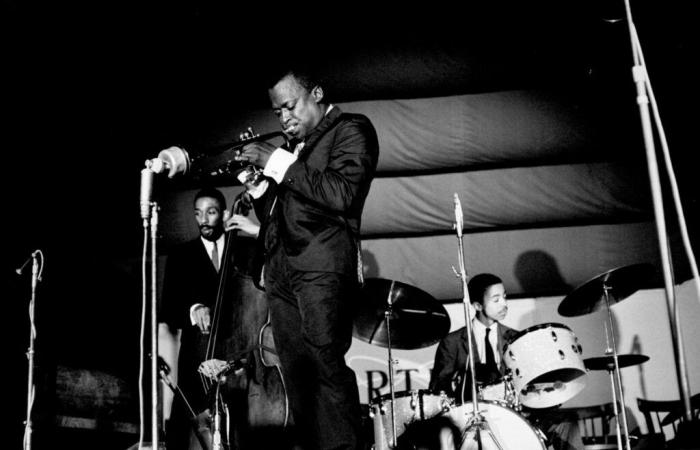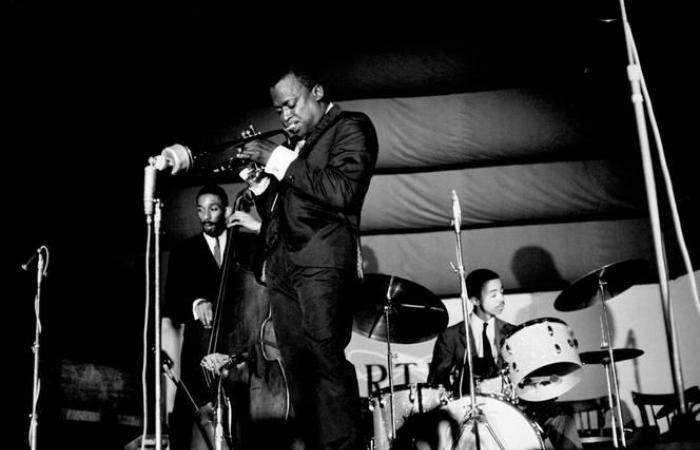On the poster, around thirty names, those of Sidney Bechet and Charlie Parker in large letters, and others in more modest lettering, including that of Miles Davis. It is announced that the Paris International Jazz Festival will take place from May 8 to 15, 1949, in Salle Pleyel. THE “first trip abroad” of the American trumpeter, as he wrote in Miles. The autobiographyco-edited with Quincy Troupe (original edition Simon & Schuster, 1989, recent French edition La Table Ronde, 2017).
This trip, where Miles Davis (1926-1991) is co-leader of a group with the pianist Tadd Dameron (1917-1965), will be followed, until the summer of 1991 – he died shortly after, on September 28 -, by many others in France. In Paris (Pleyel, Olympia, Théâtre des Champs-Elysées, Palais des sports, Zénith, the then Palais omnisports de Paris-Bercy in 1984, etc.), in regional venues, festivals (Antibes Juan-les-Pins, Nice , Nancy, Bourges, Vienne, Nancy…). A sign of this attachment, volume 8 of the “Bootleg Series” collection, devoted mainly to archives of the trumpeter in concert, recently released, bears the simple title In Francesupplemented with the mention « 1963 & 1964 ».
Transition period
Not quite a complete account of his visit to France in those two years – the concert at the Théâtre des Champs-Elysées, in Paris, on July 25, 1963, extracts of which circulated on pirate publications – is missing – but, spread over six CDs, the passages at the Antibes Juan-Les-Pins World Jazz Festival on July 26, 27 and 28, 1963 – that of the 27th had already had an official release – and both on the same day Salle Pleyel, on the 1stis October 1964. If, as appears on the reference website Miles Ahead: A Miles Davis Website, run by Peter Losin, these concerts were recorded by the public radio and television service, the booklet does not mention whether these are these monophonic sources that were used.
Miles Davis is in a period of transition. Saxophonist John Coltrane, with him since 1955 – and in particular within the quintet with pianist Red Garland, double bassist Paul Chambers and drummer Philly Joe Jones – left in the spring of 1960, replaced successively by Jimmy Heath, Sonny Stitt and Hank Mobley. Pianist Wynton Kelly, Paul Chambers and drummer Jimmy Cobb ended a collaboration of several years at the end of 1962, at the same time as Mobley. In the spring of 1963, Miles Davis brought together musicians to record the album Seven Steps to Heaven (published in July), including saxophonist George Coleman, pianist Herbie Hancock, just 23 years old, double bassist Ron Carter and drummer Tony Williams, who has not yet turned 18.
You have 38.24% of this article left to read. The rest is reserved for subscribers.







